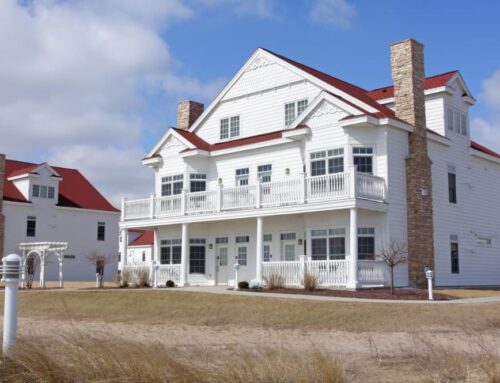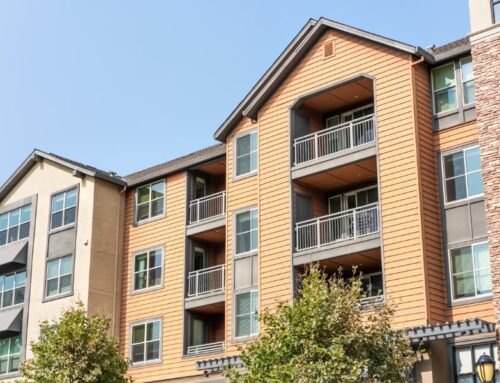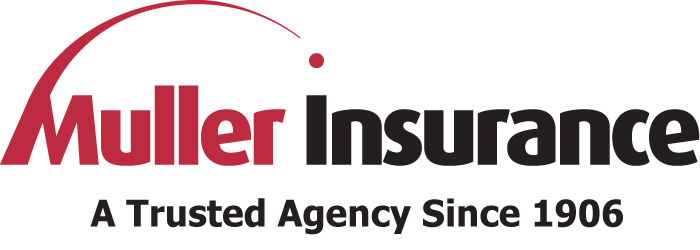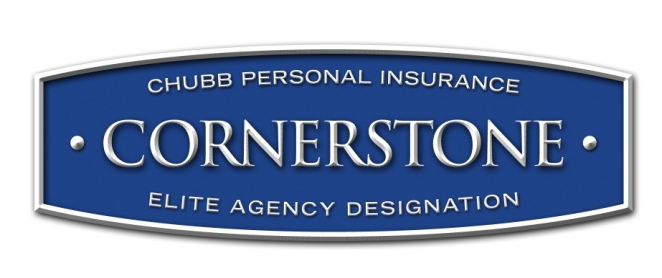As the landlord of a tenant-occupied dwelling, you need to be protected from certain contingencies that may cause inhibit your ability to earn rent. One of these outcomes is loss or damage to the tenant-occupied dwelling that causes it to be unlivable. If it’s determined that your tenants cannot safely live in your building, such as in the event of a fire or flooding, insurance can cover your loss of rent.
However, determining what makes a place unlivable is a fine line. Loss of rental income is covered if the building sustains a direct physical covered loss and the tenant is unable to live there during repairs. If it’s determined that tenants must move out, landlords must also provide reasonable relocation. See what commonly constitutes as an unlivable tenant-occupied dwelling with help from Muller Insurance.
Loss of Heat
A common reason tenants will cite that a building is unlivable is that it fails to meet the heat requirements set by the state. According to housing codes, landlords must provide enough heat to keep rooms at a minimum of 68 degrees Fahrenheit between 6 a.m. and 11 p.m. during the span of October 1 to May 1. From 11 p.m. to 6 a.m., rooms must have enough heat to be at least 65 degrees Fahrenheit.
If your building sustains a direct physical covered loss and the tenant cannot live there while repairs to the heating system are being made, the right insurance policy can make up for the lack in rent. However, a loss of heat is not a covered loss in some cases, especially if the damage is caused by wear and tear. This makes it even more important for building owners to consult with Muller Insurance about the exact coverage they need.
Lack of Running Water
Running water is another essential utility that landlords must supply in their buildings. Access to water is key for tenants to be able to bathe themselves, cook food, and use the bathroom. If tenants are unable to live in your building during repairs, your building will be declared unlivable if residents’ access to water is suddenly gone after a direct physical covered loss. But like heat, water issues caused by wear and tear are not covered in terms of lost rent, and other cases, it might not be considered a covered loss at all. Muller Insurance can help you navigate these stipulations to ensure you have the right coverage.
Structural Damage
Another reason that may cause a building to be closed or even condemned is structural damage. If a part of the building collapses, it exposes tenants to the risk of injury and damage to their property. Depending on the extent of the collapse, it can also inhibit them from living in their apartment normally. When a collapse of this severity occurs, it will be enough for an inspector to declare the dwelling unlivable and demand the tenants to be removed. In that case, you will need insurance to cover your loss of rent and the cost of repairs if the damage can be reasonably fixed.
Other Coverage
Tenant-occupied insurance is a comprehensive policy that goes beyond covering unlivable dwellings. These types of policies can also protect you from loss and damage to the building that isn’t enough to make it unlivable, such as vandalism or broken glass from a storm.
Additionally, it covers you from liability due to injury. If someone hurts themselves on your property, this insurance will help protect you if they take legal action. You will also have the opportunity to add coverage for appliances and fixtures in your building should they become damaged.
Learn More about Protecting Yourself
There are many intricate state laws and ordinances that you must follow as a landlord of a tenant-occupied dwelling. You will need to know when your building has become unlivable for your tenants and when they are likely to take action. Make sure you’re covered for loss of rent and extensive repairs by taking out a tenant-occupied dwelling insurance policy from Muller Insurance. To learn more about our competitive coverage, contact our office today.








